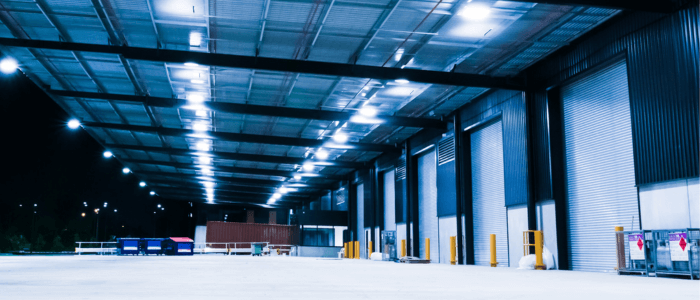When it comes to reporting Capital Allowances and Depreciation on Traveller Accommodation there are some great benefits that are unique to this property type. Find out below how our recent client was able to claim over $190,000 for the first 12 months and over $800,000 over 10 years.
WHAT IS TRAVELLER ACCOMMODATION?
The ATO defines Traveller Accommodation as construction where the building is intended to be used on completion to provide short-term accommodation to travellers in accordance with the following conditions:
- Apartment buildings in which you own or lease at least 10 apartments, units or flats;
- Hotels;
- Motels;
- Guest houses with at least 10 bedrooms.
Traveller Accommodation is classed differently from short-term holiday rentals which are typically residential properties used to generate short-term holiday rental income.
DEPRECIATING TRAVELLER ACCOMMODATION
Traveller Accommodation qualifies for an accelerated capital allowance rate (Division 43) of 4% as opposed to the standard 2.5% usually applied to buildings.
Plant and equipment items include all of the furniture and furnishings, kitchen appliances, laundry facilities, right down to the towels and cutlery. A quantity surveyor is qualified to attribute values and effective lives to assets where costs are unknown, where items are purchased second hand (e.g. through business transfer), or where the nature of the use of the assets may qualify them for faster depreciation.
CASE STUDY
We recently completed a Capital Allowance and Tax Depreciation Schedule for a beautiful boutique accommodation stay in the Hunter Valley wine region of NSW.
Built originally in 1983, the property had undergone improvements in 1992 and 2010, before being purchased by the current owners in 2015. The property is comprised of 8 x small 1 bedroom villas, plus 2 x larger 2 bedroom villas.
DIVISION 43 DEDUCTIONS
The original remaining house built in 1983 depreciates at 2.5% over 40 years generating annual claims for the new owners of $1,243 until 2023.
Additional works completed in 1992 have been costed at $82,438 and are now part of the accommodation generating annual deductions for the new owners of $3,298 each year until they run out in 2017.
Major additional works completed in 2010 are costed at just under $1.4 million, generating annual deductions for the new owners of $55,529, from their purchase in 2015 through until 2025.
DIVISION 40 PLANT AND EQUIPMENT
All of the individual Division 40 items (appliances, furniture, furnishings etc) were revalued from the date of purchase, and assigned new effective lives in accordance with their intended use. Assets included everything from air-conditioning and hot water systems to housekeeping assets, brush-cutters and chainsaws, bedding, ironing boards and cooking utensils.
In all the Division 40 items were valued at $326,438.00. Some assets applied for 100% immediate write-off, some were included in low-value pooling for accelerated depreciation, and some effective lives were adjusted in accordance with intended use.
The property was purchased late June in 2015 and Division 40 deductions alone totalled just over $40,000 for the 2015 financial year, with a further $91,182 claimable for the 2016 financial year.
FINAL RESULTS
Our client was very satisfied with the outcome of the report, with total deductions across the 2015 and 2016 financial years in excess of $190,000. Results over the first 10 years were in excess of $800,000.
Our fee for producing this report was less than $4,000 making return on investment exceptional.
With over 20 years experience producing Capital Allowance and Tax Depreciation reports on all property types, all over Australia – we know how to maximise the deductions on any property, anywhere. If you, or your clients own residential or commercial investment property and don’t have a depreciation schedule, get in touch with our team today and find out what you are missing out on!
If you own an investment property, the best way to ensure your depreciation deductions have been maximised is to use a depreciation schedule prepared by Capital Claims Tax Depreciation. For an estimate of deductions you may be entitled to, or to have your current depreciation schedule reviewed free of charge, please don’t hesitate to get in touch.








